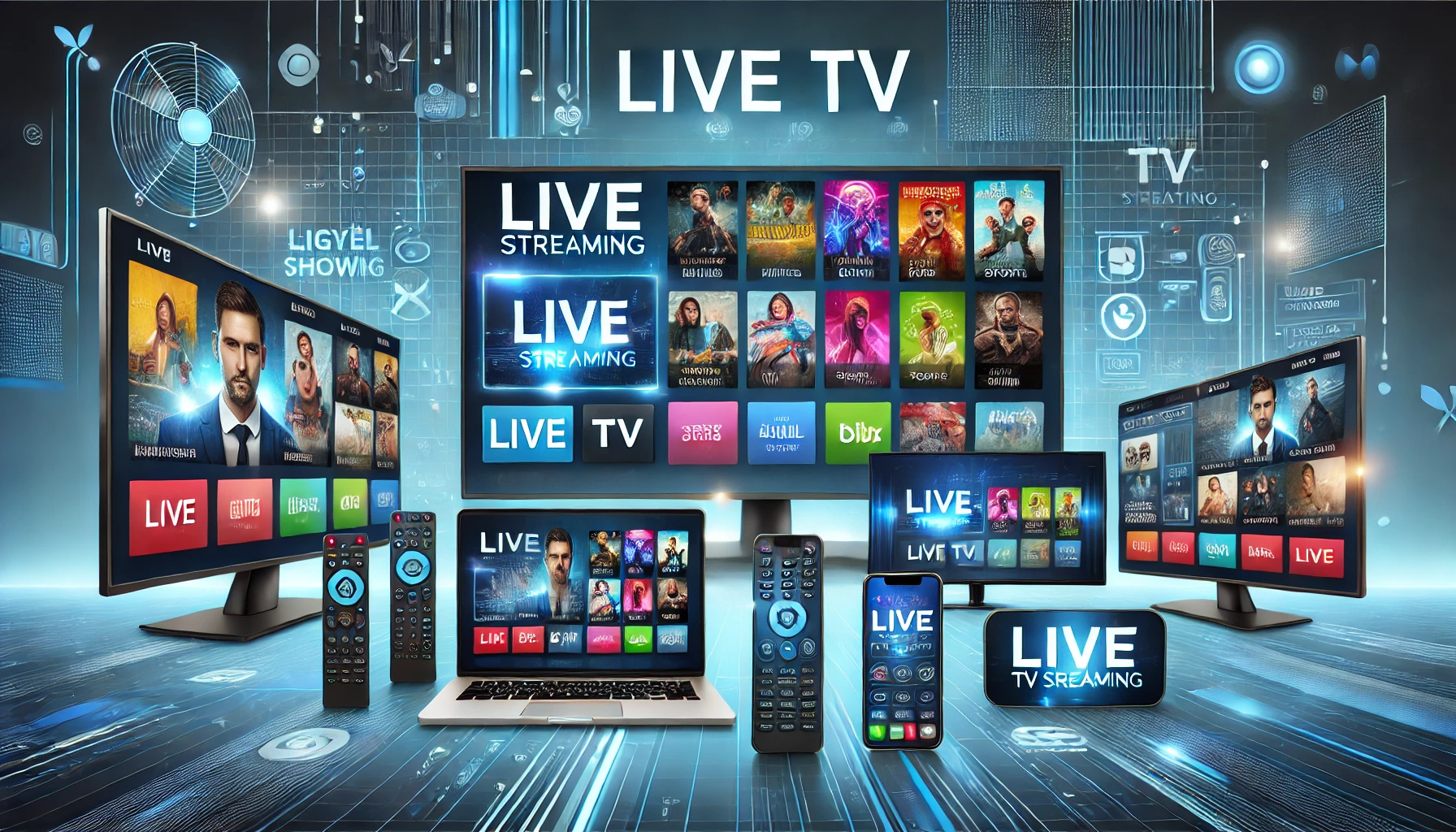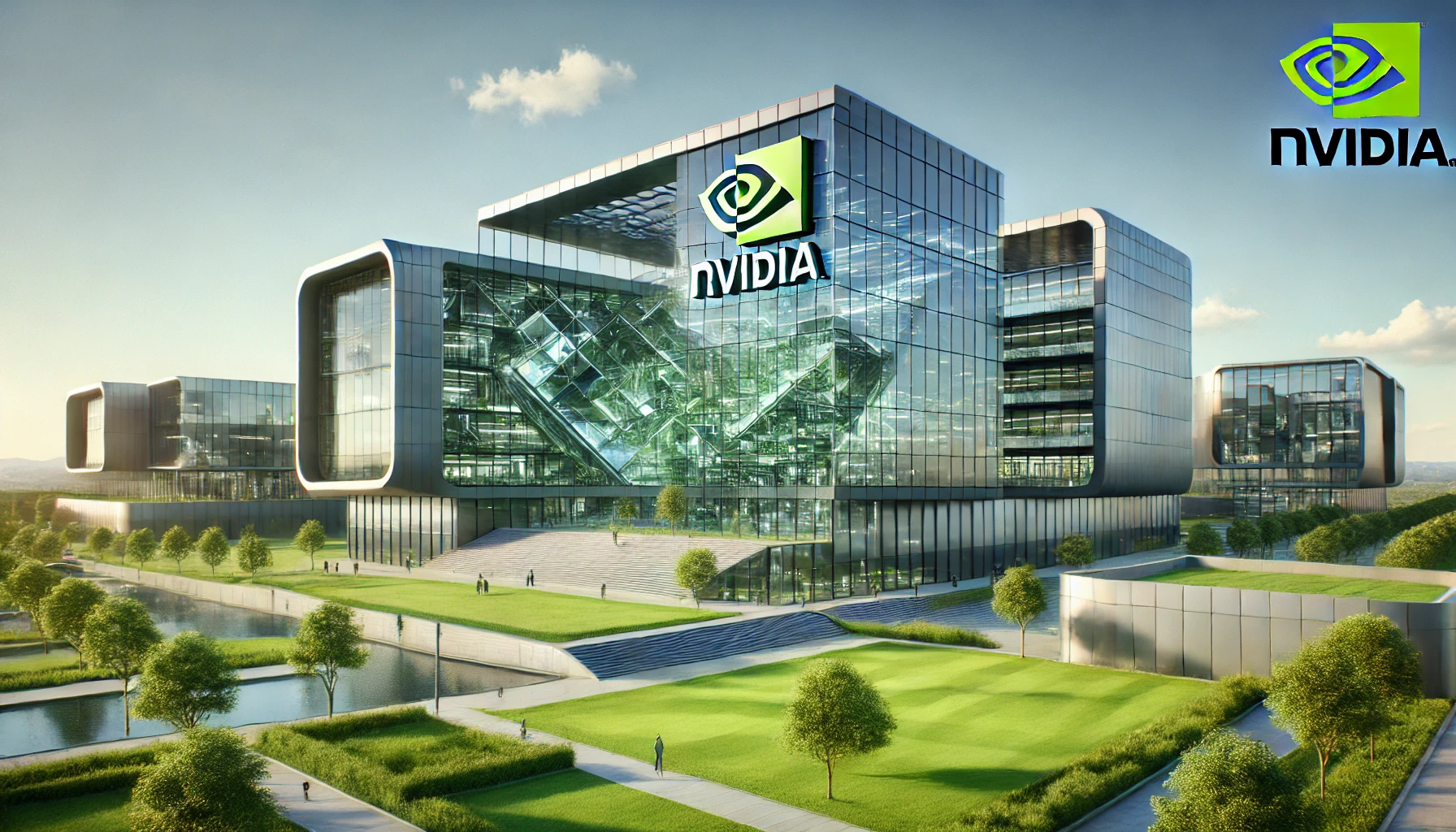| Key Points: – Combined company to focus on ML/AI-powered drug development platform – Decoy shareholders to own 86% of merged entity – Pipeline includes treatments for respiratory viruses and GI cancers |
In a strategic move to accelerate the development of next-generation therapeutics, Salarius Pharmaceuticals (NASDAQ: SLRX) announced today its merger with privately-held Decoy Therapeutics in an all-stock transaction. The combined company, which will operate under the Decoy Therapeutics name, aims to leverage artificial intelligence and machine learning to revolutionize peptide conjugate drug development.
The merger brings together Decoy’s proprietary IMP3ACT™ platform, which has already attracted approximately $7 million in non-dilutive funding from prestigious organizations including The Bill & Melinda Gates Foundation, with Salarius’ clinical-stage pipeline and public market presence. Under the terms of the agreement, Decoy shareholders will own approximately 86% of the combined company, with Salarius stockholders retaining the remaining 14%.
“Peptide conjugates have become one of the most important drug classes as measured by prescription rates and revenue growth,” said Rick Pierce, Decoy’s Co-founder and CEO, who will lead the combined company. “Our highly experienced team is excited to be able to unlock significant shareholder value from our IMP3ACT platform, which can rapidly design new peptide conjugate drugs by applying ML and AI tools.”
The merged entity’s immediate focus includes advancing a pan-coronavirus antiviral toward an FDA Investigational New Drug (IND) application within the next 12 months. Additionally, the company plans to develop a broad-acting antiviral targeting flu, COVID-19, and respiratory syncytial virus (RSV), as well as a peptide drug conjugate for gastrointestinal cancers.
David Arthur, Salarius’ CEO, emphasized the strategic rationale: “The compelling science supporting Decoy’s peptide conjugate technology and the company’s management team are truly impressive. Based on our diligence, we believe Decoy is poised to advance multiple drug candidates that address significant unmet needs in numerous therapeutic areas.”
The combined company will maintain Salarius’ ongoing Phase 1/2 clinical trial at MD Anderson Cancer Center while exploring strategic alternatives for its seclidemstat program. The merger has received unanimous approval from both companies’ boards of directors and is expected to close following customary closing conditions.













